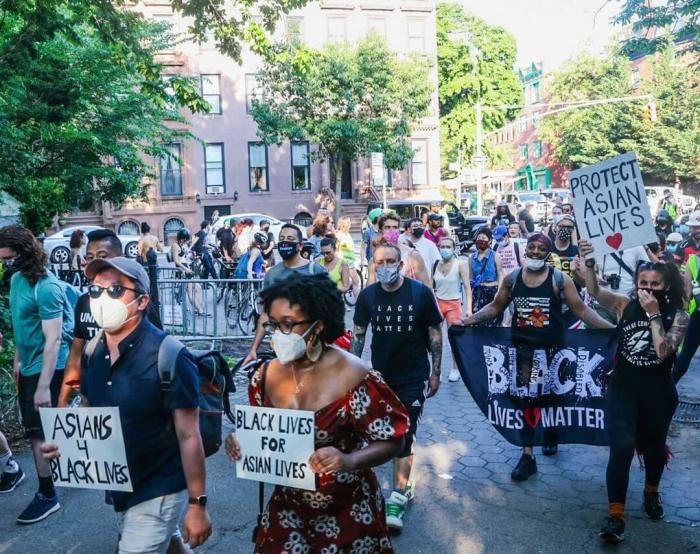Following last year’s passage of the Gender Recognition Act, New York State is moving to implement a policy allowing state residents to change the gender marker to “X” on their driver licenses, learner permits, and non-driving identification.
New York State residents who are applying for a new license or already have one can change the gender marker to “X” by filling out an application with the Department of Motor Vehicles (DMV). Beginning in July, individuals can also complete the application process online, according to the Office of Governor Kathy Hochul.
The effort to implement the law comes just weeks before the Gender Recognition Act goes into effect on June 24.
State lawmakers approved the bill last year after a pair of out gay lawmakers — State Senator Brad Hoylman and Assemblymember Daniel O’Donnell — carried the bills to passage during Pride Month. In addition to adding the “X” gender marker option, the law also makes it easier to update birth certificates and nixes a previous policy requiring people to publish their legal name change in a newspaper. Some judges previously ignored that requirement, but not every time.
“Every person, regardless of their gender identity or expression, deserves to have an identity document that reflects who they are,” Hochul said in a written statement. “My administration remains committed to ensuring that New York is a place of value, love and belonging for members of the LGBTQ+ community.”
While the law is just now going into effect, the state long faced pressure to change the policy. New York resident Sander Saba sued then-Governor Andrew Cuomo and DMV Commissioner Mark Schroeder in 2020 by claiming that the state’s failure to offer an “X” gender marker option violated their constitutional rights. The state tried to dismiss the suit, arguing that the issue was already in the process of being resolved, but US District Judge Lewis J. Liman rejected that argument and would not dismiss the case.
Two years after getting sued, Schroeder praised the law as a “significant milestone” and the DMV celebrated the new policy by issuing the first new IDs during a public ceremony on May 27.
“We are thrilled to implement this new option that we know will have a positive impact on the lives of so many of our customers,” Schroeder added.
Saba also welcomed the policy change and voiced hope that transgender and non-binary New Yorkers will be able to live with dignity and respect.
“Every person should be able to access identity documents that reflect who they truly are without having to validate their personhood in court,” Saba said in a written statement.
Parts of the Gender Recognition Act has encountered some issues prior to its full implementation. When a Vermont-born New York resident sought to update their birth certificate, a New York State Supreme Court judge said a section of the law stood in violation of the Full Faith and Credit Clause of the US Constitution because Vermont has a different policy governing birth certificates.
“This court lacks jurisdiction to order a Vermont executive agency to take an action where the Vermont statute at issue does not explicitly permit action upon such a directive from a court,” State Supreme Court Justice Timothy J. Lawliss said in a May 2 ruling.




































